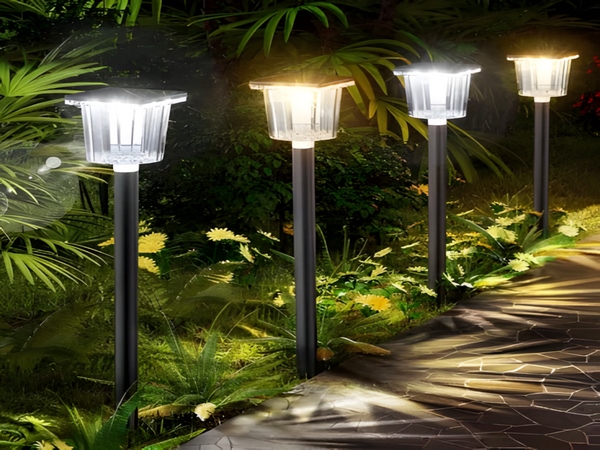

Streetlights provide convenience for everyone; without them, nighttime travel would be affected. However, streetlights consume a significant amount of electricity, and energy has become increasingly scarce in recent years. The solar-wind complementary streetlight has addressed this challenge. Many people may not be familiar with the working principle of solar-wind complementary streetlights. In fact, the principles of these lights have been widely promoted abroad, and understanding this technology is essential for its adoption domestically.

The solar-wind complementary power generation system converts wind energy and solar energy into electrical energy. The principle of solar-wind complementary streetlights is to use natural wind as power. Wind turbines capture the energy from the wind to turn a wind generator, transforming wind energy into electricity. This electricity is rectified and regulated by a controller, converting alternating current (AC) to direct current (DC) for charging and storing in batteries. Additionally, solar energy is directly converted into DC electricity and stored in batteries via the photovoltaic effect.
The structure of solar-wind complementary streetlights includes solar panel components, a wind turbine, high-power LED lamps, LPS fixtures, a photovoltaic control system, a wind turbine control system, and specialized maintenance-free batteries. This system also comprises additional components like the solar panel bracket, turbine accessories, lamp posts, embedded parts, and buried battery boxes.
Traditional streetlights require the installation of cable lines for power supply, and due to the long low-voltage transmission lines, the construction cost of power supply lines for streetlights is quite high. As roadways extend, a boosting system is also required. This creates hassle in terms of labor, finances, and resources, leading to significant wastage. In rural areas, the construction costs for power supply lines for streetlights are even higher, and a substantial amount of electricity is consumed in the supply. The solar-wind complementary road lighting system eliminates the need for trenching and wiring, power transmission equipment, and city electricity, while also maintaining low maintenance costs. It has now been widely applied in lighting for highways, urban roads, residential communities, and various public places like parks and docks with favourable wind and solar conditions. These areas are well-suited for solar-wind complementary lights.



